Gymnocalycium Hybrid Variegated
Gymnocalycium Hybrid Variegated refers to a stunning and rare variety of Gymnocalycium cacti known for their colorful, variegated patterns. Gymnocalyciums, commonly called Chin Cacti, are a popular group of small, globe-shaped cacti that are native to South America. The hybrid variegated varieties are highly prized for their unique, often unpredictable, color patterns and intricate designs.
Key Characteristics:
- Appearance of Gymnocalycium Hybrid Variegated:
- Shape: Like most Gymnocalycium species, these cacti are typically small, round, or slightly flattened globes that can reach a diameter of about 3-5 inches (7-12 cm).
- Variegation: The variegated hybrids exhibit striking patches of colors such as yellow, white, red, orange, or pink mixed with the usual green. The variegation occurs due to a genetic mutation that affects chlorophyll production, leading to vibrant, contrasting patterns.
- Ribs and Spines: Gymnocalycium cacti have distinct ribs with rounded tubercles and small, sharp spines that radiate from the areoles. The spines are typically short and add to the cactus\’s geometric beauty.
- Flowers:
- Gymnocalycium hybrids produce beautiful, funnel-shaped flowers that bloom near the top of the cactus. The flowers are often white, pink, or pale yellow, depending on the variety, and they are a highlight of the growing season.
- The blooms can be quite large compared to the size of the cactus and typically appear during spring and summer.
Growing Conditions for Gymnocalycium Hybrid Variegated:
- Light:
- Gymnocalycium cacti, including variegated hybrids, prefer bright, indirect light. Too much direct sunlight can cause the variegated parts of the cactus to burn, while too little light can lead to etiolated (stretched) growth. For the best results, place them in a well-lit spot with filtered sunlight or bright indoor light.
- Soil:
- These cacti need well-draining soil to prevent root rot. A cactus or succulent potting mix is ideal. You can also amend regular potting soil with sand, pumice, or perlite to improve drainage.
- Watering:
- Gymnocalycium Hybrid Variegated are drought-tolerant and prefer the “soak and dry” method. Water thoroughly, but allow the soil to dry out completely between waterings. In winter, water sparingly as the plant enters dormancy and requires less moisture.
- Temperature:
- These cacti prefer warm temperatures, ideally between 65-85°F (18-29°C). They can tolerate brief periods of cooler temperatures but should be protected from frost. In colder climates, they should be kept indoors or in greenhouses during the winter months.
- Humidity:
- Gymnocalycium Hybrid Variegated prefer low humidity, as they are adapted to arid environments. Good air circulation is also important to prevent fungal issues.
Care and Maintenance:
- Fertilization:
- Feed your Gymnocalycium variegated hybrid with a balanced cactus fertilizer diluted to half strength during the growing season (spring and summer). Avoid fertilizing in the winter when the plant is dormant.
- Propagation:
- Propagation of variegated Gymnocalycium Hybrid Variegated is challenging through seeds because the variegation may not reliably pass on to offspring. Grafting onto a rootstock like Hylocereus is a common technique used to preserve the variegated patterns and encourage vigorous growth.
- Grafting:
- Many Gymnocalycium Hybrid Variegated, especially those with large portions of non-green tissue, are grafted onto other cacti to ensure survival, as the lack of chlorophyll makes them less efficient at photosynthesis.
- Pests and Diseases:
- Gymnocalyciums are relatively pest-resistant, but they can occasionally be affected by pests such as spider mites, mealybugs, or scale insects. Regularly inspect your plant and treat infestations with neem oil or insecticidal soap. Ensure good drainage and avoid overwatering to prevent root rot.
Special Considerations for Variegated Plants:
- Sun Sensitivity: Variegated plants, due to their lack of chlorophyll in some areas, are more sensitive to sunlight. Ensure they are not exposed to harsh direct sunlight, especially during the hottest parts of the day, to prevent scorching.
- Slower Growth: Variegated cacti typically grow more slowly than their non-variegated counterparts because the parts of the plant lacking chlorophyll are less efficient at photosynthesis. This makes them more delicate and sometimes more challenging to care for.
Aesthetic and Ornamental Value:
- Collectors Item: Gymnocalycium variegated hybrids are highly sought after by cactus enthusiasts and collectors for their unique and striking appearance. No two variegated cacti are exactly alike, making each plant a living piece of art.
- Small Space Gardening: These cacti are perfect for small gardens, windowsills, or as part of a succulent collection. Their compact size and striking colors make them stand out as accent plants in any space.
Grafting and Care for Variegated Plants:
Many variegated Gymnocalycium hybrids are grafted because the variegated portions cannot photosynthesize efficiently. By grafting them onto a more robust rootstock (like Hylocereus), they can survive and grow more healthily. Ensure you provide extra care in terms of light and temperature regulation when caring for grafted plants.

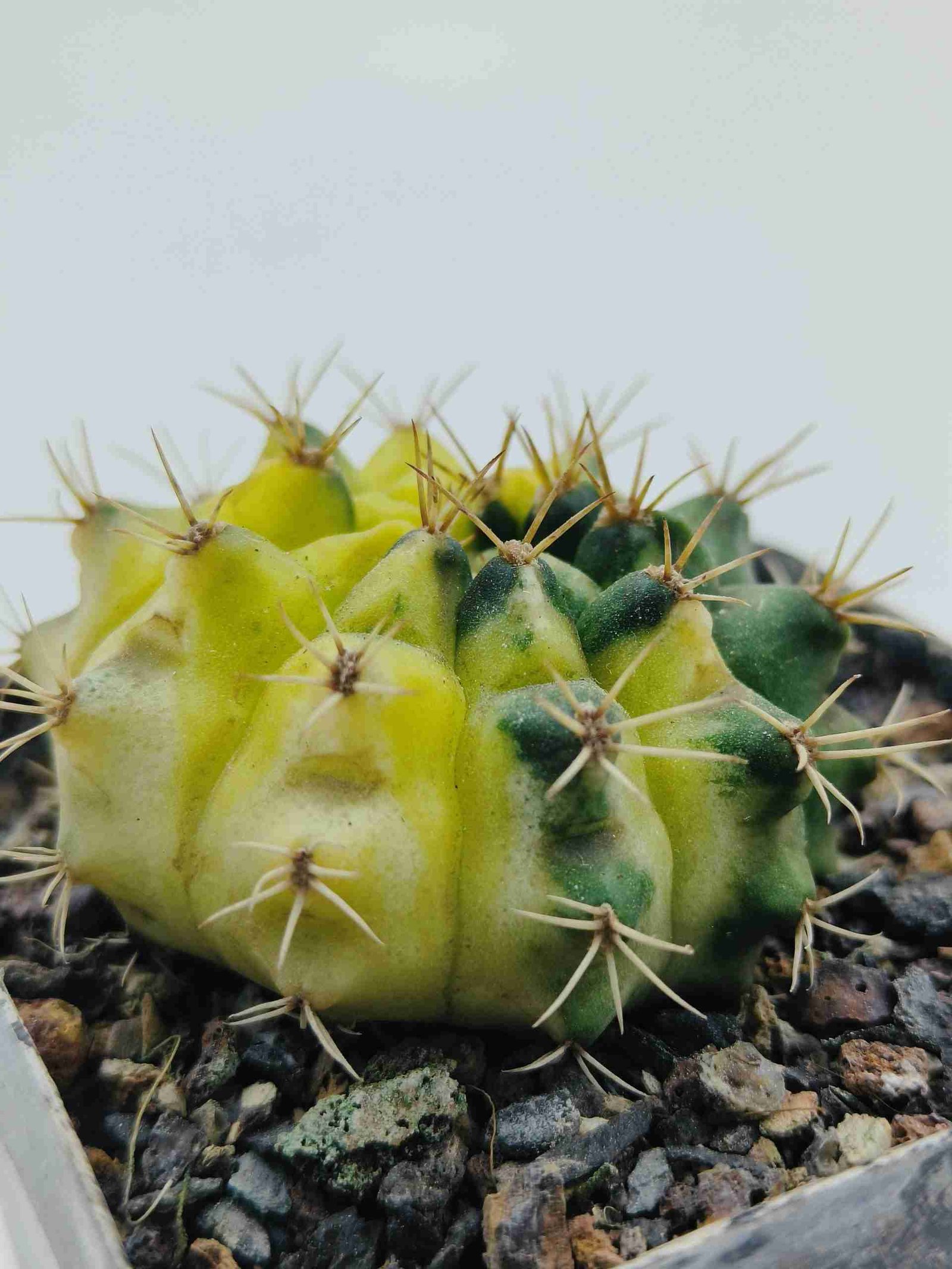
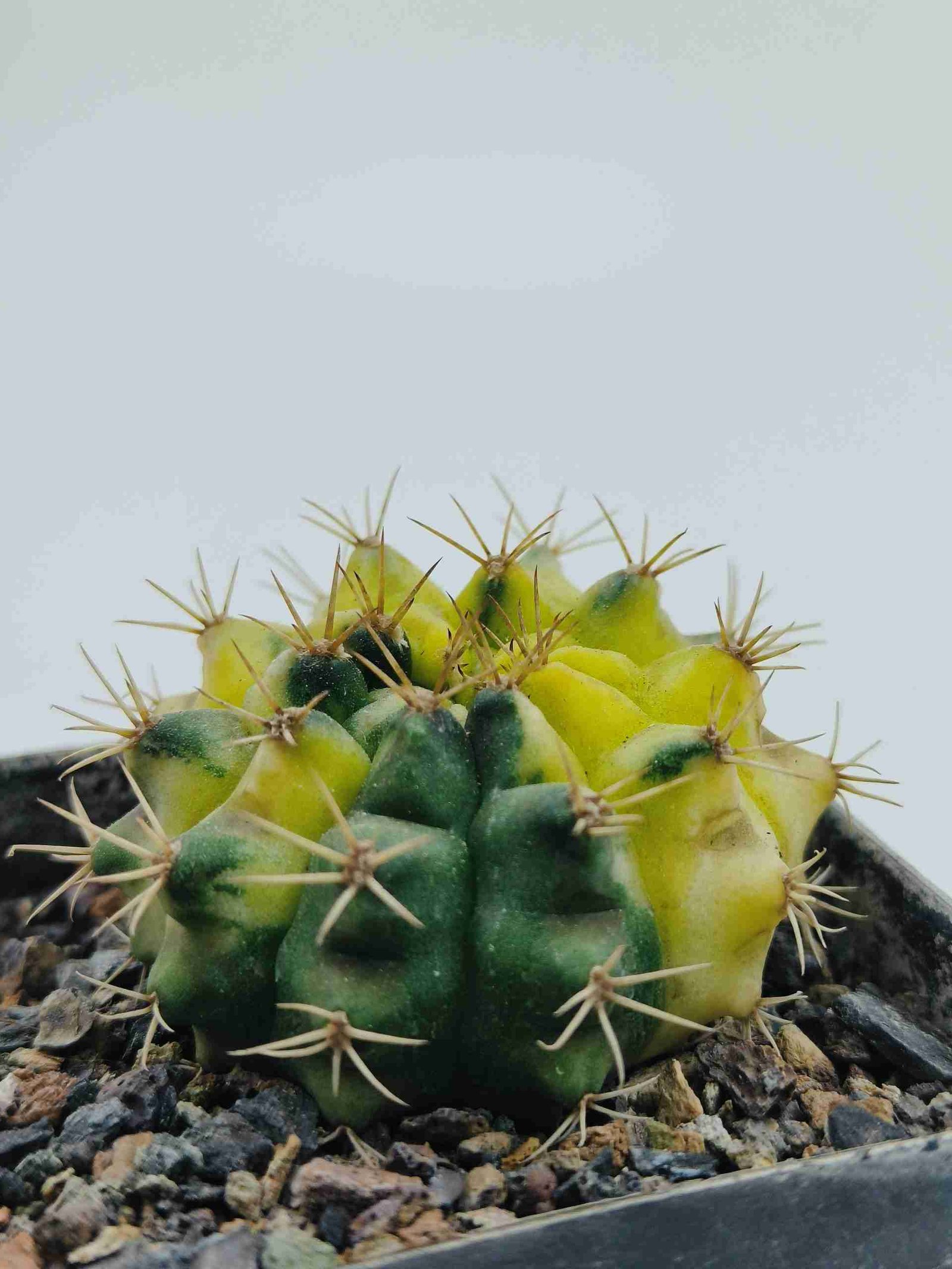
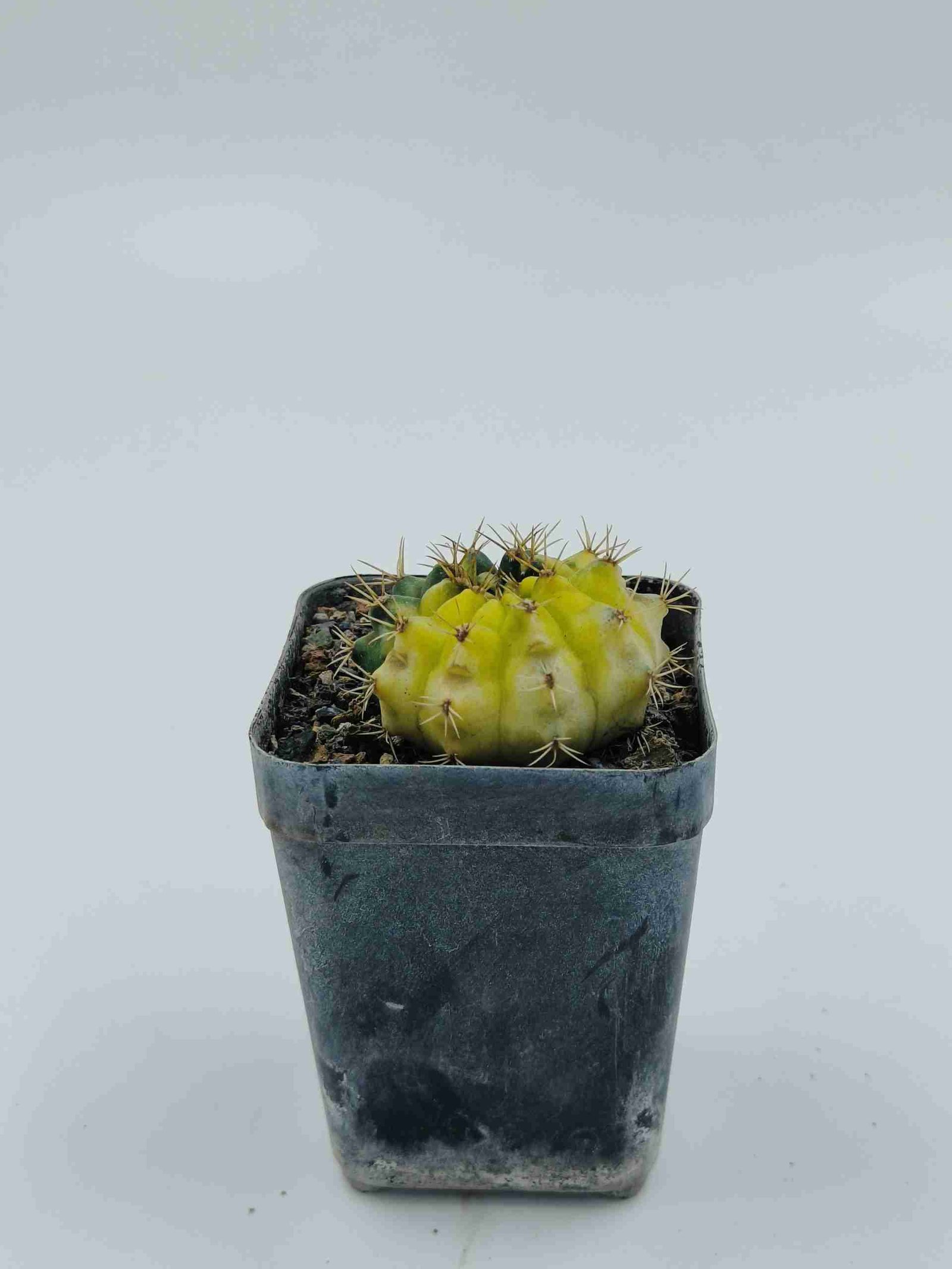
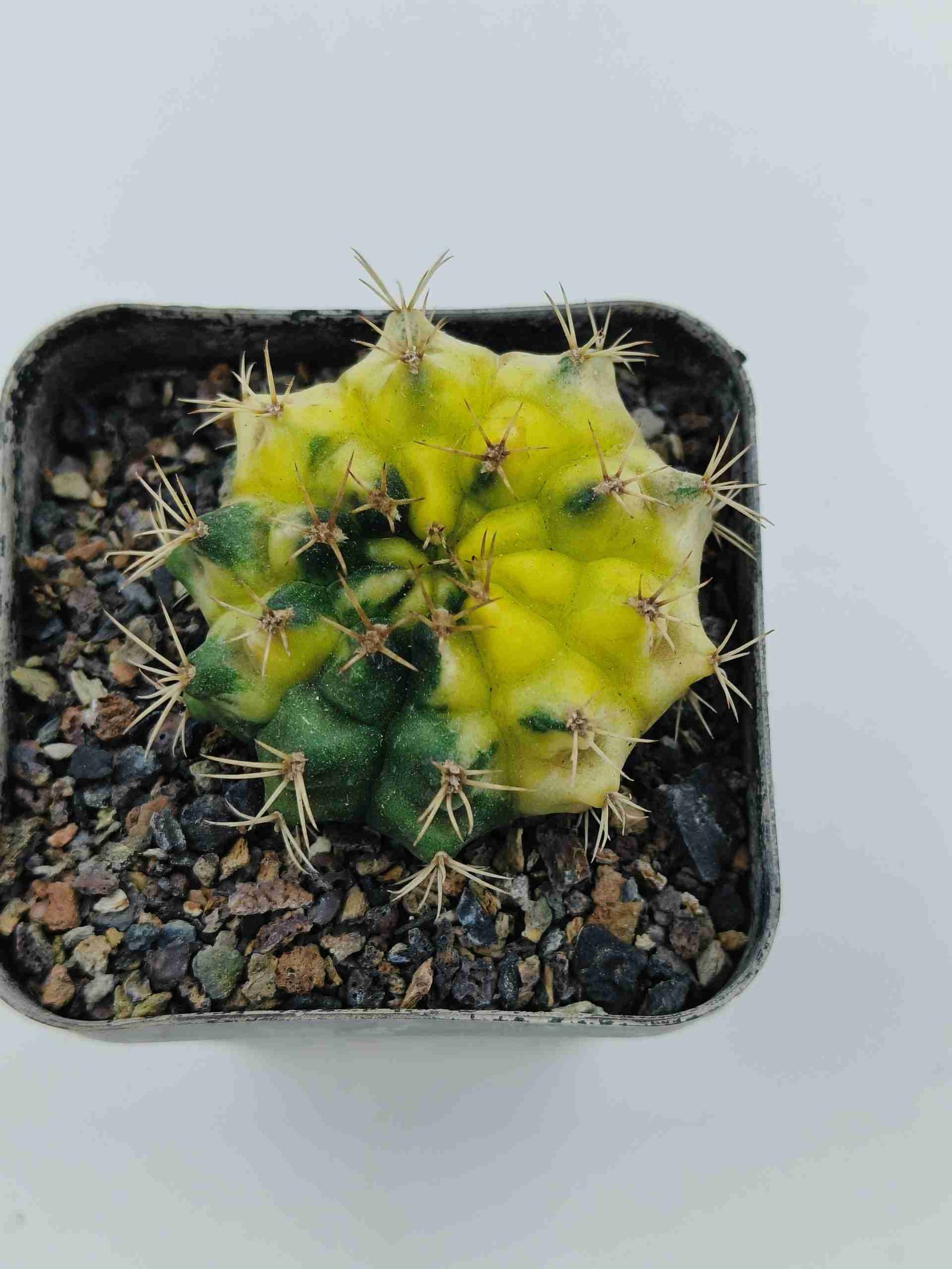
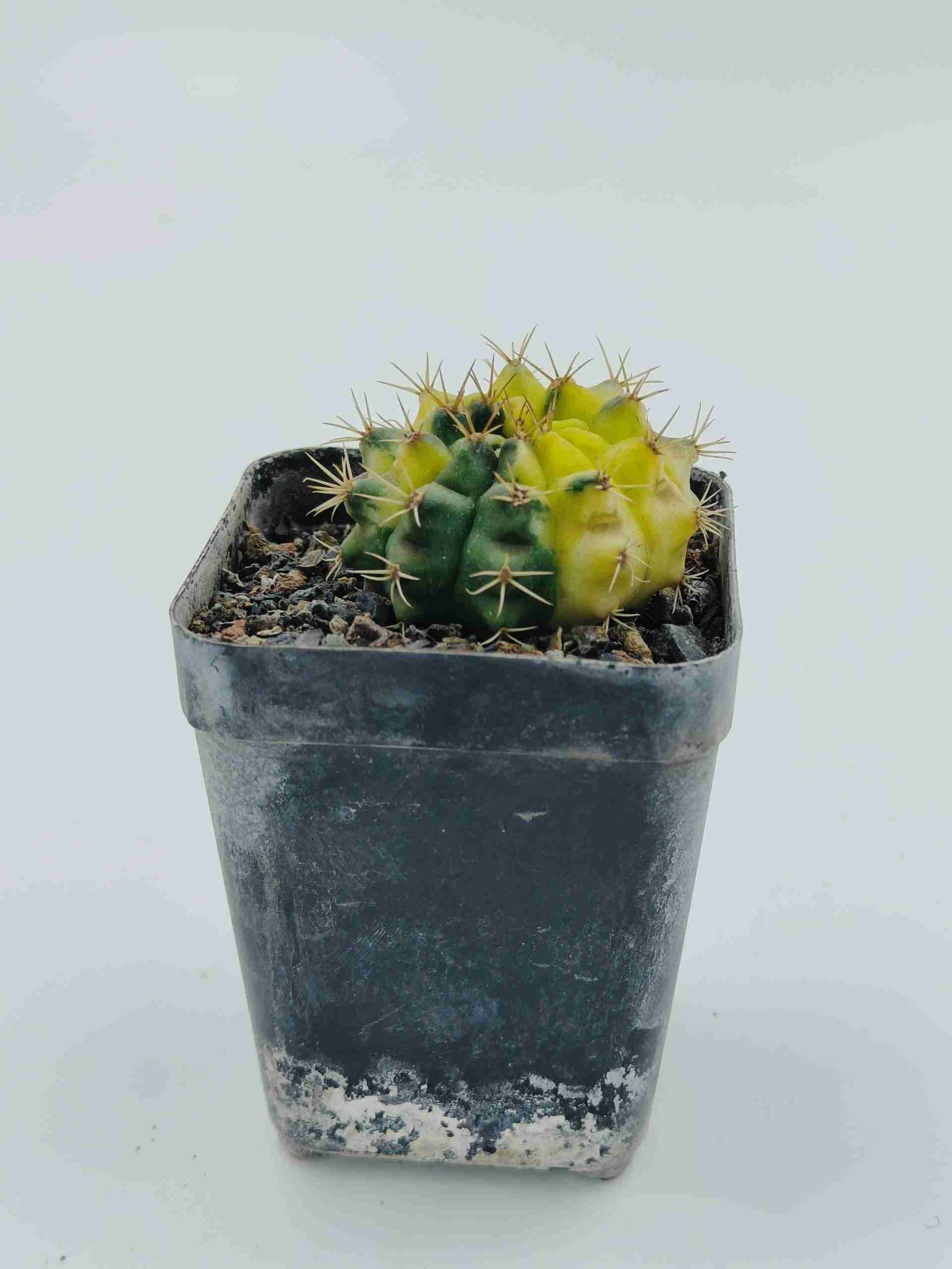
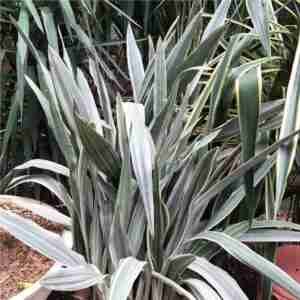
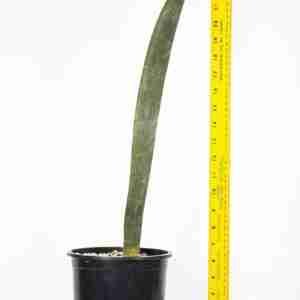
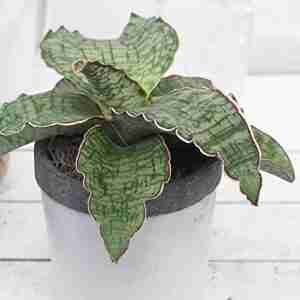
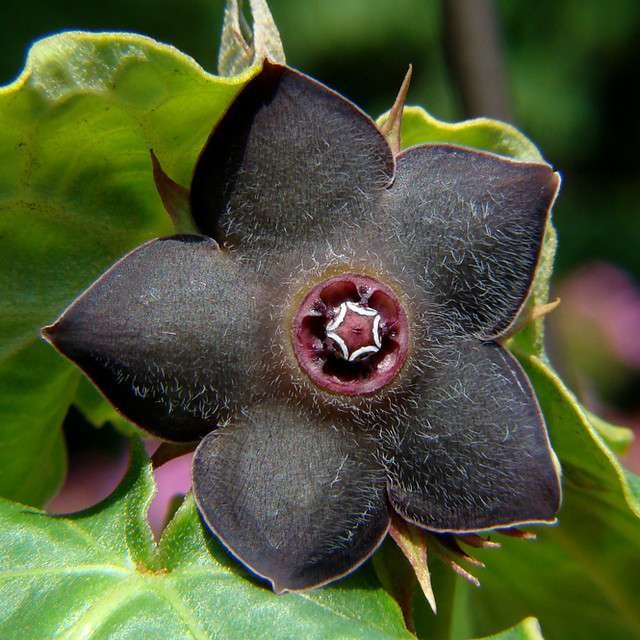
Reviews
There are no reviews yet.